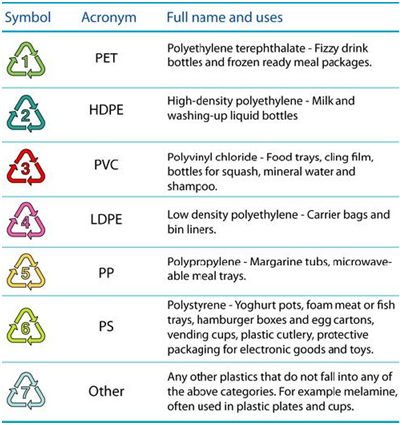Get Started by Selecting Your Country:![]()
![]()
![]()
![]()
The 5-Step Plastic Recycling Process
- Collection Recycling facilities collect plastic material local areas from collection events, special recycling bins, or from manufacturing industries. Post-consumer and post-industrial plastic are the most common plastic collected for recycling.
- Manual sorting Plastic that is collected are picked off conveyors and sorted according to the recycling symbols and codes on them. If any non-plastic materials are found mixed with the plastic it is taken out.
- Shredding and Chipping After the plastic is sorted for recycling, the plastic products are prepared for melting by being shred into small pieces. The plastic items sent to a shredding machine which shreds the plastic into tiny pieces.
- Cleaning and Washing During the cleaning phase all residue or contaminants on the plastic such as paper labels, dirt, or metal are removed. A special washing solution is used in a washing tank to get rid of contaminants on the plastic material.
- Pelleting The shredded plastics are then melted down and put through a machine called an extruder. The extruder shapes the melted plastic into round tubes. The round plastic tubes are then cut into small pellets by sharp knives, which create the pellets that are then ready to be reused and remade into new recycled products.

ABS - Regrind, Parts, Virgin Resin, Sheets, all forms and colors.
HDPE - Water pipes, hula hoop rings, five gallon buckets, milk, juice and water bottles; grocery bags, some shampoo / toiletry bottles Plastic Pallets, Totes, Pipe, Buckets, Cups, Bottles, Dunnage Trays, Film, Obsolete Parts.
LDPE - Stretch Wrap, Obsolete Roll Stock, Baled, clear and printed. Frozen food bags; squeezable bottles, e.g. honey, mustard; cling films; flexible container lids.
Nylon - 66, 6, 6/12, 11. Glass, Unfilled, Mineral Filled, Regrind, Parts and Virgin Resin.
PBT- Regrind, Parts, Virgin Resin in all forms and colors.
PC - Regrind, Parts, Virgin Resin, Sheets, Plexiglas, Lucite, Scrap, Bottles and more.
PC/ABS - Beverage bottles; baby milk bottles. Non-packaging uses for polycarbonate: compact discs; "unbreakable" glazing; electronic apparatus housings; lenses including sunglasses, prescription glasses, automotive headlamps, riot shields, instrument panels Regrind Parts, Virgin Resin, all forms and colors.
PET - Soft drink, water and salad dressing bottles; peanut butter and jam jars
PP - Reusable microwaveable ware; kitchenware; yogurt containers; margarine tubs; microwaveable disposable take-away containers; disposable cups; plates. Plastic Pallets, Totes, Supersacks, Cups, Pipe, Obsolete Parts and more.
PS - Egg cartons; packing peanuts; disposable cups, plates, trays and cutlery; disposable take-away containers;
PVC - Blister packaging for non-food items; cling films for non-food use. Not used for food packaging as the plasticizers needed to make natively rigid PVC flexible are usually toxic. Non-packaging uses are electrical cable insulation; rigid piping; vinyl records. Window Profile Regrind, Parts, Pipe, Clamshells, all forms and colors.
PVC - Window Profile Regrind, Parts, Pipe, Clamshells, all forms and colors.
